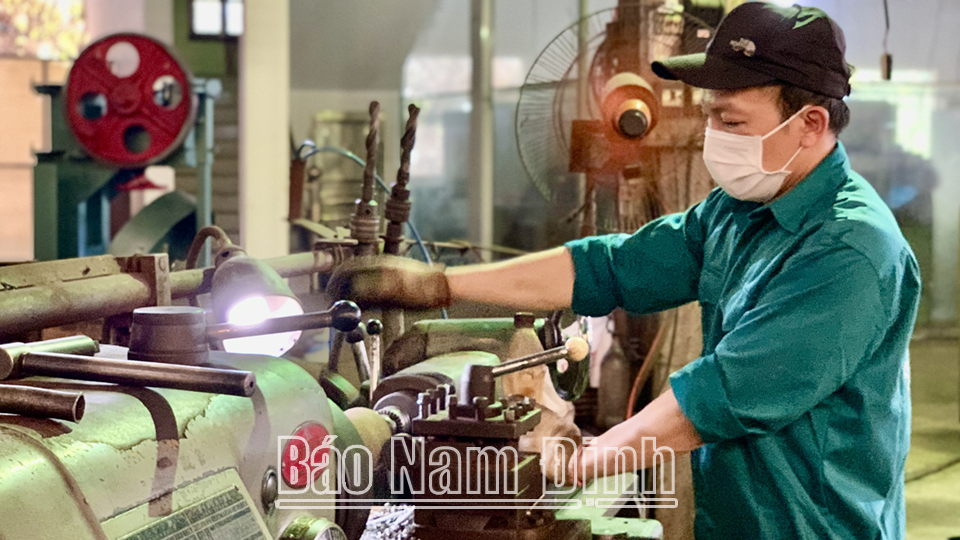 |
| Mechanical production at Xuan Tien Industrial Park (Xuan Truong). |
Effective multi-pillar livelihood models
In Xuan Truong, the district has proactively developed a model of "multi-pillar rural economy ", in which high-tech agriculture, industry, small-scale industry, craft village economy and trade and services develop in parallel, creating a sustainable rural economic ecosystem. Agriculture is strongly restructured towards commodities and high added value. 100% of agricultural cooperatives operate effectively; more than 30% of agricultural output is consumed through linked contracts, ensuring stable output. Models of high-quality rice production according to VietGAP process, black carp farming with QR codes for traceability, 73 large fields with an area of 2,900 hectares... not only improve productivity but also increase the competitiveness of Xuan Truong agricultural products in the market. More than 850 hectares of land have been accumulated, helping to form concentrated production areas with 100% mechanization of land preparation and harvesting. Many new technology application models such as drones spraying pesticides; using organic microbial fertilizers, new varieties, etc. are being deployed on a large scale. In 2024 alone, Xuan Truong district will have up to 20 chain production areas, consuming over 5,300 tons of rice, with a total value of over 80 billion VND.
The district has also boldly attracted businesses to invest in high-tech agriculture. Models such as F1 rice seed production in Xuan Ninh commune, a 2,000-pig farm in Xuan Thuong commune, etc. are generating tens of billions of VND in revenue each year. The OCOP program has become an effective startup lever with 54 certified products, contributing to raising the level of local agricultural products. Along with agriculture, industry, small-scale industry and craft villages in Xuan Truong have also developed dynamically. Existing industrial clusters create jobs for more than 7,700 workers. Tra Lu sculpture, Xuan Duc mat weaving, Xuan Phuc mechanics, etc. craft villages have both preserved traditional identities and expanded sustainable livelihoods. In 2024, the value of industrial and construction production is estimated to reach more than 12,300 billion VND, with an average growth of over 11%/year. Thanks to that, the average income per capita of the whole district reached 84.33 million VND/year; In which: Xuan Phuc commune leads with an average of 91.01 million VND; the multidimensional poverty rate has decreased to 0.74%. The rate of trained workers has reached 87.65%, which is an important foundation for Xuan Truong to accelerate the transformation of the rural economic structure towards modernization.
Like Xuan Truong, Truc Ninh has identified the path of modern agricultural development: Accumulating and concentrating land - applying high technology - linking production according to the value chain. After land consolidation, dozens of enterprises and 80 organizations and individuals have invested more than 1,000 hectares of land for large-scale production, building 43 large fields with nearly 2,000 hectares of high-quality rice, specialties such as ST25, Bac Thom No. 7, Dai Thom 8... Production infrastructure from canals, cold storage, drying ovens to factories are all invested synchronously, creating ideal conditions for enterprises to participate in deep processing, such as Cuong Tan Company Limited, a typical example of a closed processing chain, comprehensive mechanization. Currently, 18/18 communes of Truc Ninh have formed a chain-linked production model. The mechanization rate reaches 100% in land preparation and harvesting. 12 high-quality rice products certified with 3-star OCOP or higher, put on e-commerce platforms, have QR codes to trace their origins, expanding consumption channels for farmers. Industry and services in Truc Ninh are growing strongly with 3 existing industrial clusters that are 100% full, creating jobs for more than 2,000 workers. New industrial clusters such as Hung Noi, Truc Tuan, Thanh Dao are being promoted for investment, expanding 5 more industrial clusters by 2050. The business ecosystem is developing steadily, with nearly 600 enterprises in operation, including many big names such as AMARA Shoes, Dream Plastic, Co Chat Silk Cooperative... In addition, Truc Ninh is promoting the improvement of the investment environment, enhancing competitiveness, administrative reform, thoroughly handling the harassment in handling procedures, creating trust and companionship from the business community. Traditional craft villages continue to be preserved and promoted, including Moc Kenh carpentry village, Dich Diep scarf weaving village... with rich and unique OCOP products.
Truc Ninh also promotes the advantages of cultural - spiritual - craft village tourism with 46 relics, including 7 national relics, combined with promoting specialties such as Cat Thanh fried rice cakes, Ninh Cuong fish sauce, Chat Silk silk... creating a new direction in tourism development associated with rural livelihoods. In 2024, the average production value/ha of cultivated land in Truc Ninh will reach 135 million VND, an increase of 1.32 times compared to 2017. The value of industrial production will reach 9,750 billion VND; exports will reach 500 million USD; the average income of the whole district will reach 86.34 million VND/person/year, of which the rural area will be 85.58 million VND, an increase of more than 110% compared to 2017.
Modern livelihood, livable countryside
According to the statistics compiled by the Provincial People's Committee, the whole province has made great strides in improving the livelihoods of rural people. To date, the whole province has formed more than 400 "large field" models with an area of 20,000 hectares, of which 3,000 hectares are linked to production according to the value chain, increasing production efficiency by 10-15% compared to traditional farming. Production models using mechanization, tray plating, transplanting machines, drones, organic fertilizers, etc. not only improve productivity and product quality but also gradually "industrialize" agricultural production. In particular, the conversion of over 1,000 hectares of ineffective rice land to other crops and models has increased economic value by 2-10 times compared to before. 127 growing area codes for more than 4,000 hectares have been granted, this is an important step to bring agricultural products to the official export market.
Not only improving productivity, localities have also strongly transformed livestock farming models towards safety, biology, technology application and market linkage. The proportion of farm livestock has increased rapidly, disease control has been effective, and small-scale livestock farming has decreased sharply. In 2024, the output of fresh meat will reach nearly 200 thousand tons, an increase of 4.7% compared to 2021; in particular, poultry meat increased by an average of 6.9% per year, becoming a new bright spot in the development of commodity agriculture. The fisheries sector has also marked a strong transformation, with output increasing by more than 13% after only three years, of which aquaculture accounts for an increasingly large proportion. With 97.95% of fishing vessels equipped with voyage monitoring devices, the province's marine exploitation industry is gradually being modernized, ensuring compliance with international standards, paving the way for seafood to reach the world market.
Localities also focus on solutions to develop occupations, small-scale handicraft villages and rural enterprises associated with the development of agricultural processing industry, expanding raw material areas, and building linkage chains in agricultural production. In the period of 2021-2024, support has been provided for 112 rural industry development projects and 5 high-tech mechanization projects in modern agricultural production; support 20 products of 20 establishments to set up electronic systems, create QRCode stamps to trace the origin of products: Rice, rice, peanuts, fresh vegetables and fruits; pork, chicken eggs, clams; support businesses to successfully build a plan to link production and consumption of Thanh Doan high-quality rice. Industrial production and rural industries maintain recovery momentum and achieve a good growth rate. The agricultural processing industry is emerging as a breakthrough, increasing added value, creating momentum for raw material areas to develop. In the period of 2021-2024, the province supported 112 rural industry projects, 5 high-tech mechanization projects, and supported 20 products to establish traceability. The OCOP program continues to be effective: 534 OCOP products achieved 3 stars or more, including 1 national 5-star product (Ecohost Hai Hau rural tourism). Toan Xuan rice, Lenger clams, Co Chat silk... have been exported to demanding markets such as Europe and Japan. The value of products after achieving OCOP increased by 10-30%, sales increased by 5-20%/year, contributing to strengthening household economy and creating a sustainable livelihood foundation for people.
With determination and synchronous, scientific approaches, Nam Dinh has created fundamental changes, people's livelihoods have developed in a modern, flexible, adaptive and sustainable direction. The growth rate of agricultural production value reached 2.55%/year; the average product value per hectare of cultivated land and aquaculture reached 202.5 million VND/ha; the average income per capita in rural areas in 2024 reached over 75 million VND, an increase of 44% compared to 2021. The multidimensional rural economic foundation and sustainable livelihoods are the key and important premise for the province's new rural areas to continue to develop sustainably after the merger.
Article and photos: Thanh Thuy
Source: https://baonamdinh.vn/kinh-te/202506/chu-trong-cai-thien-sinh-ke-theo-huong-ben-vung-cho-nguoi-dan-nong-thon-e586b7e/











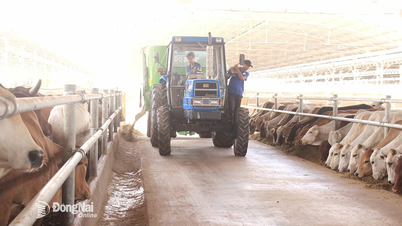





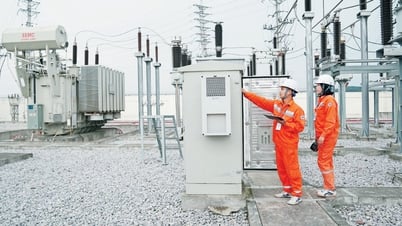





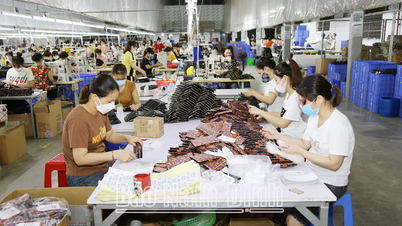
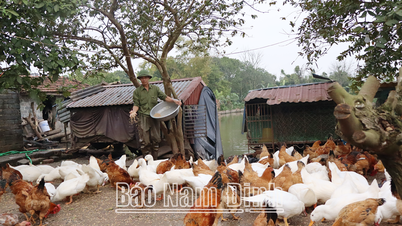
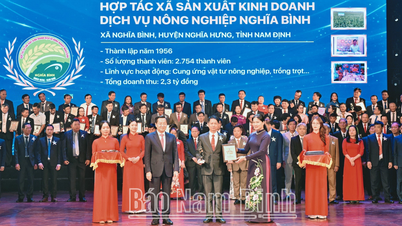






























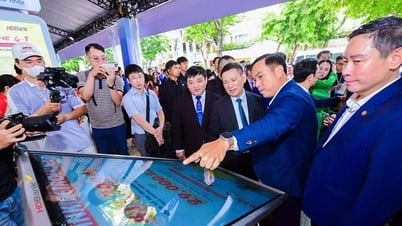

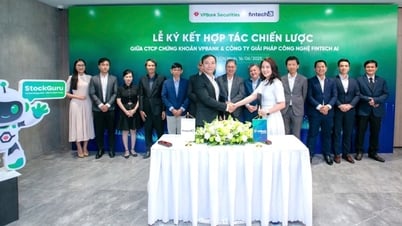







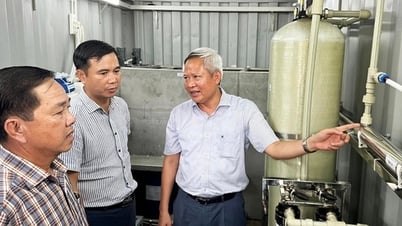




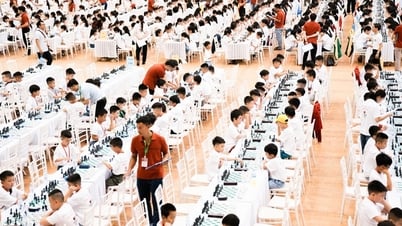




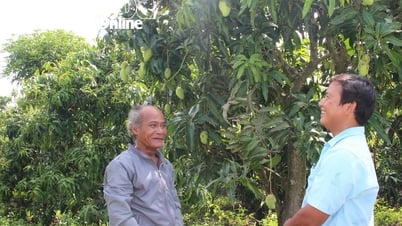

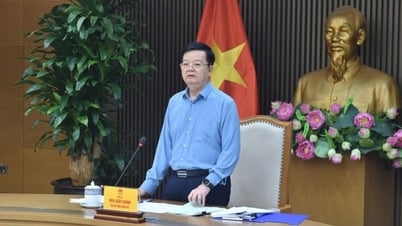
















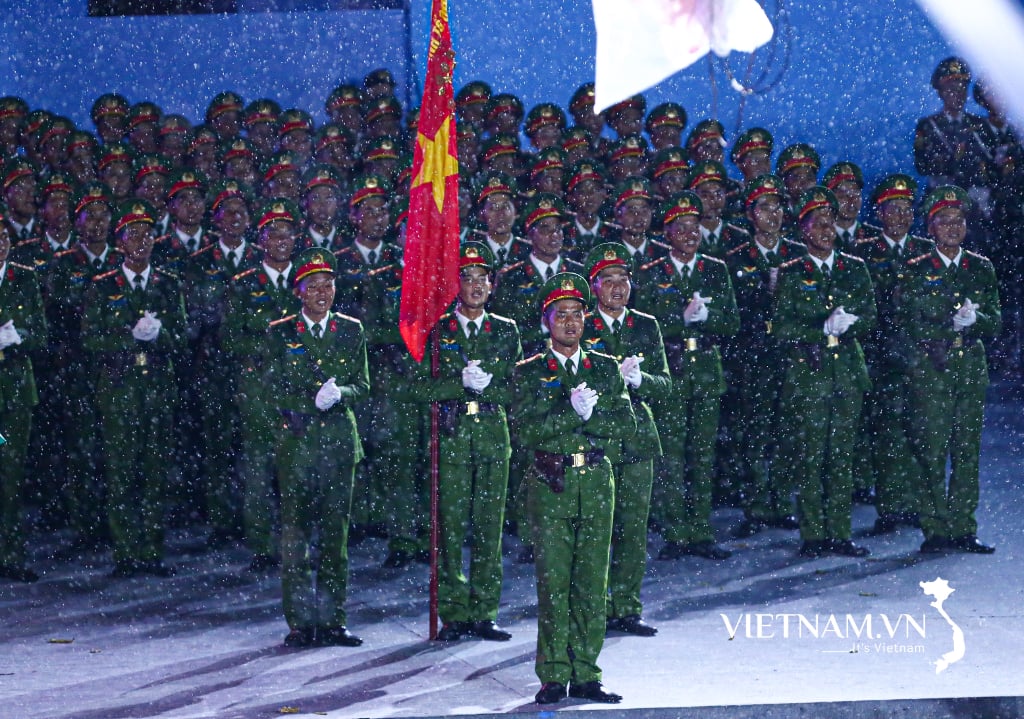

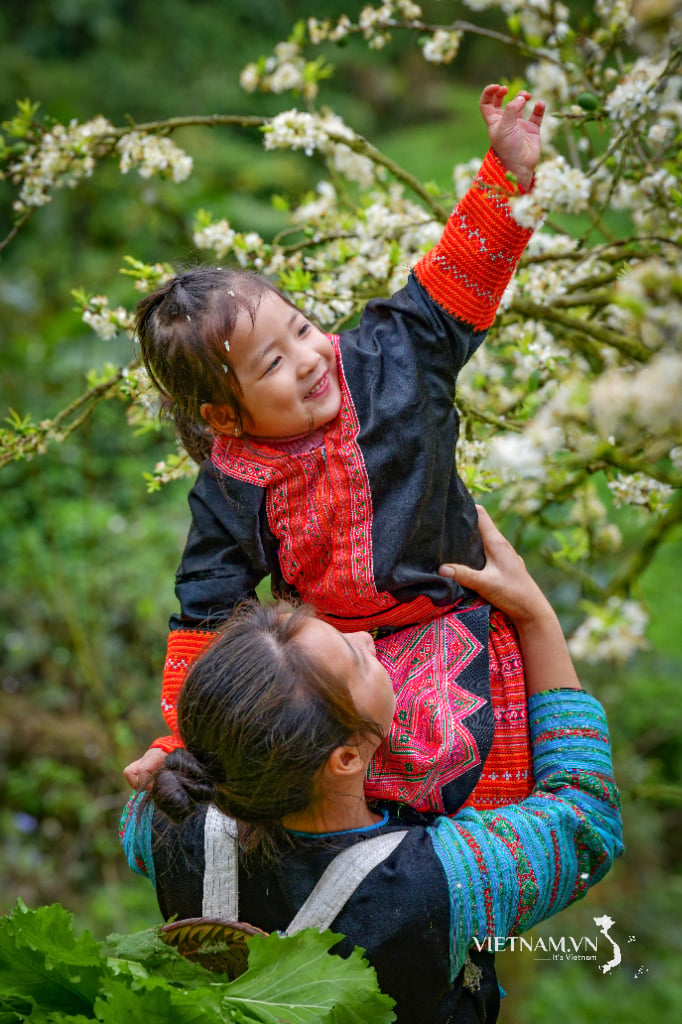
Comment (0)